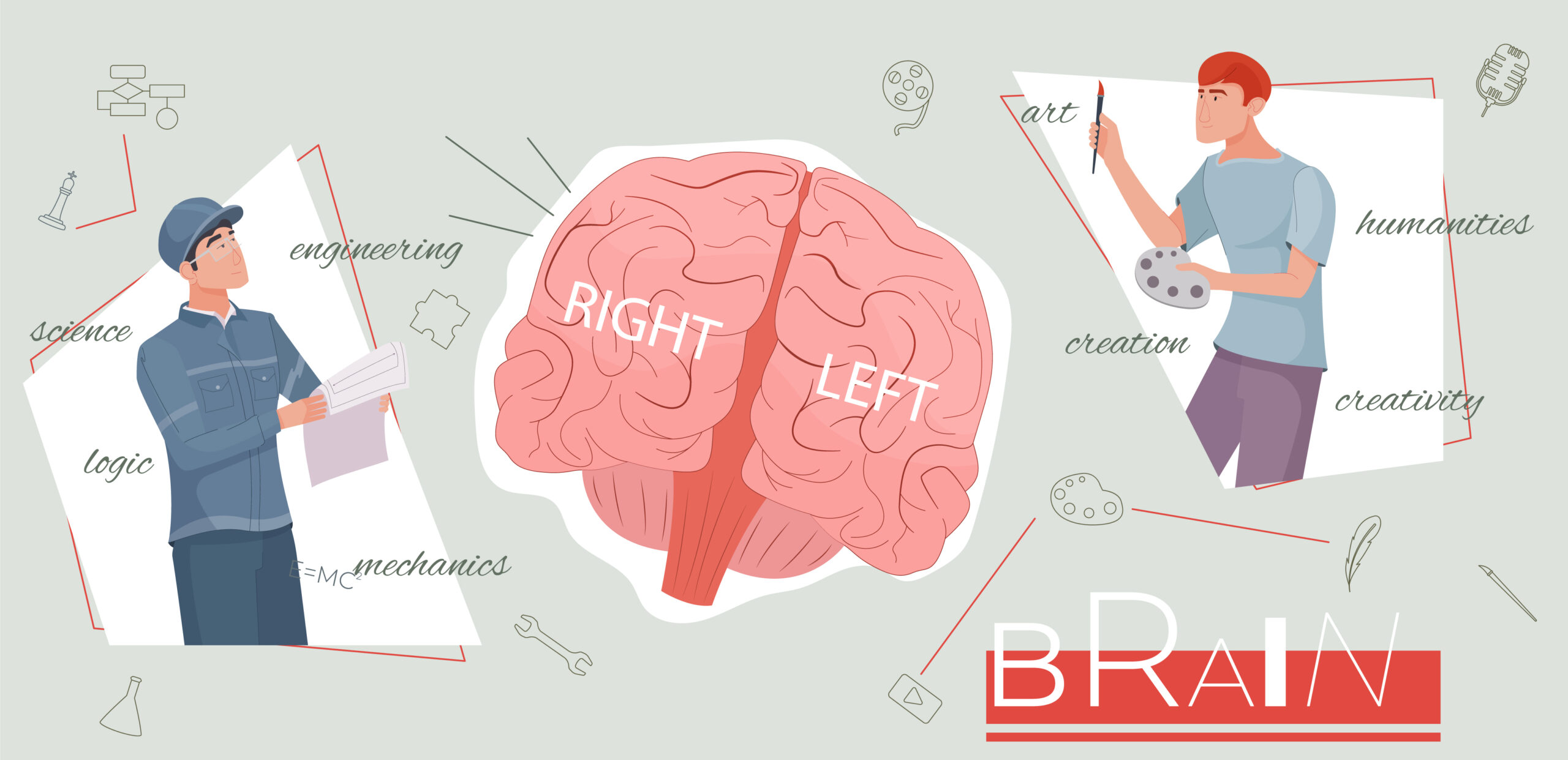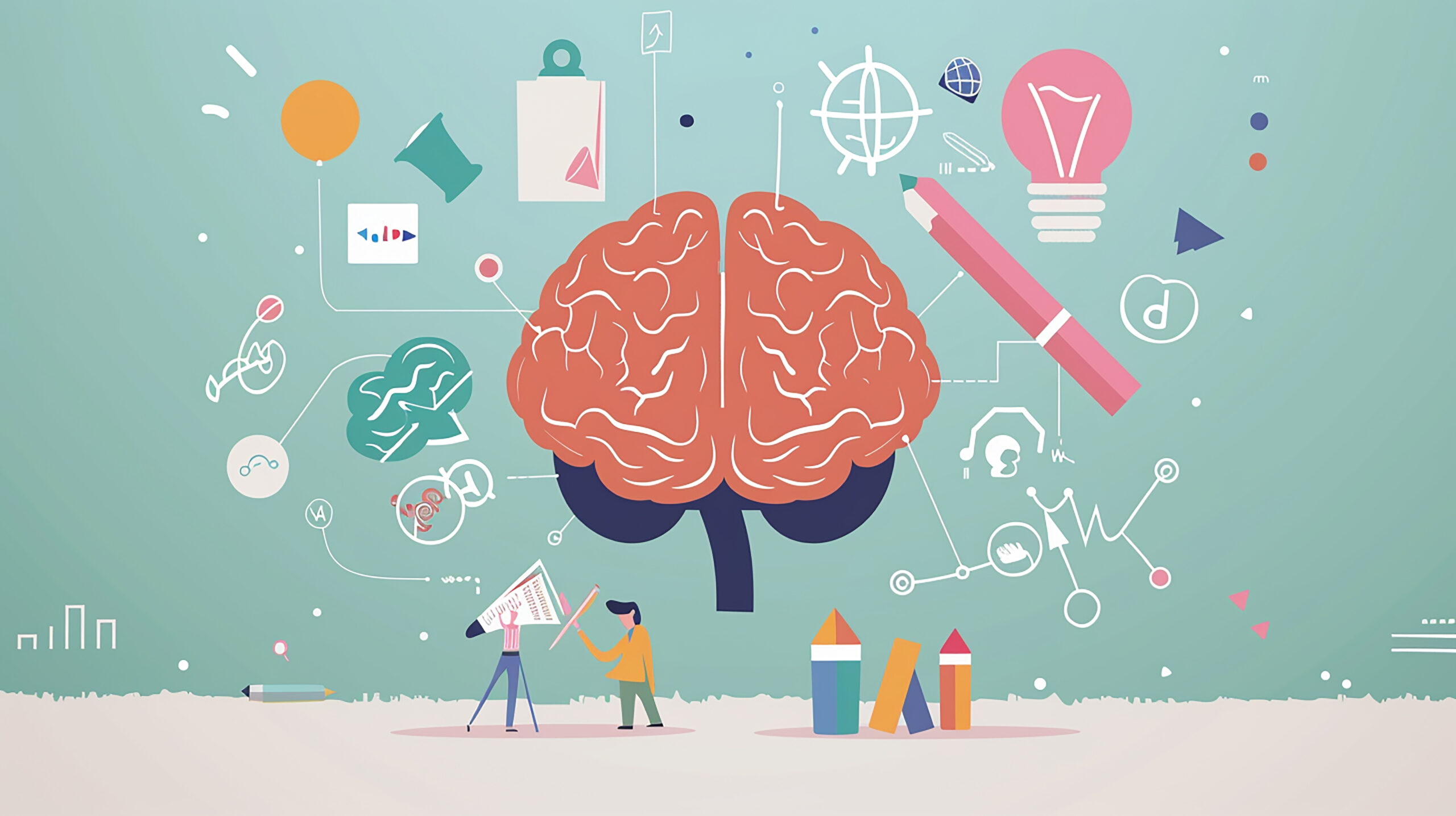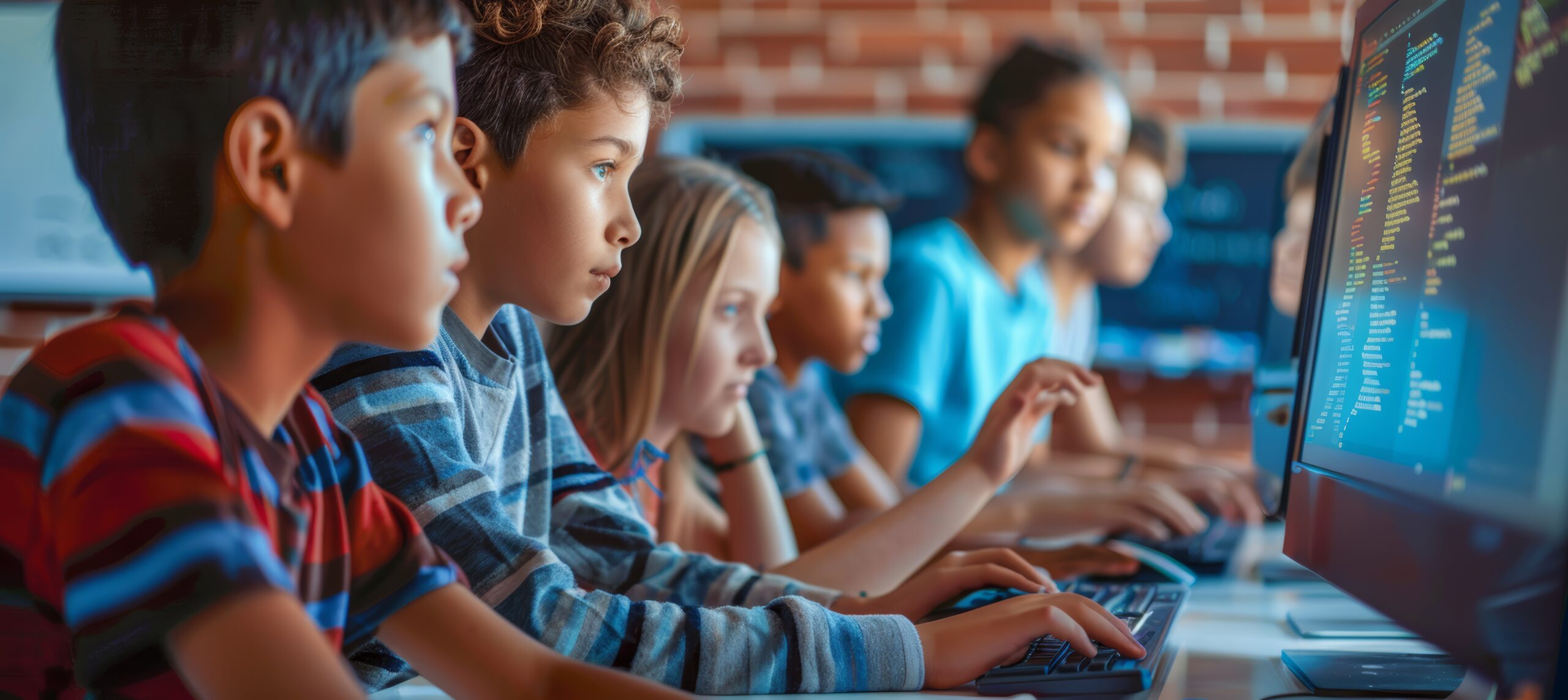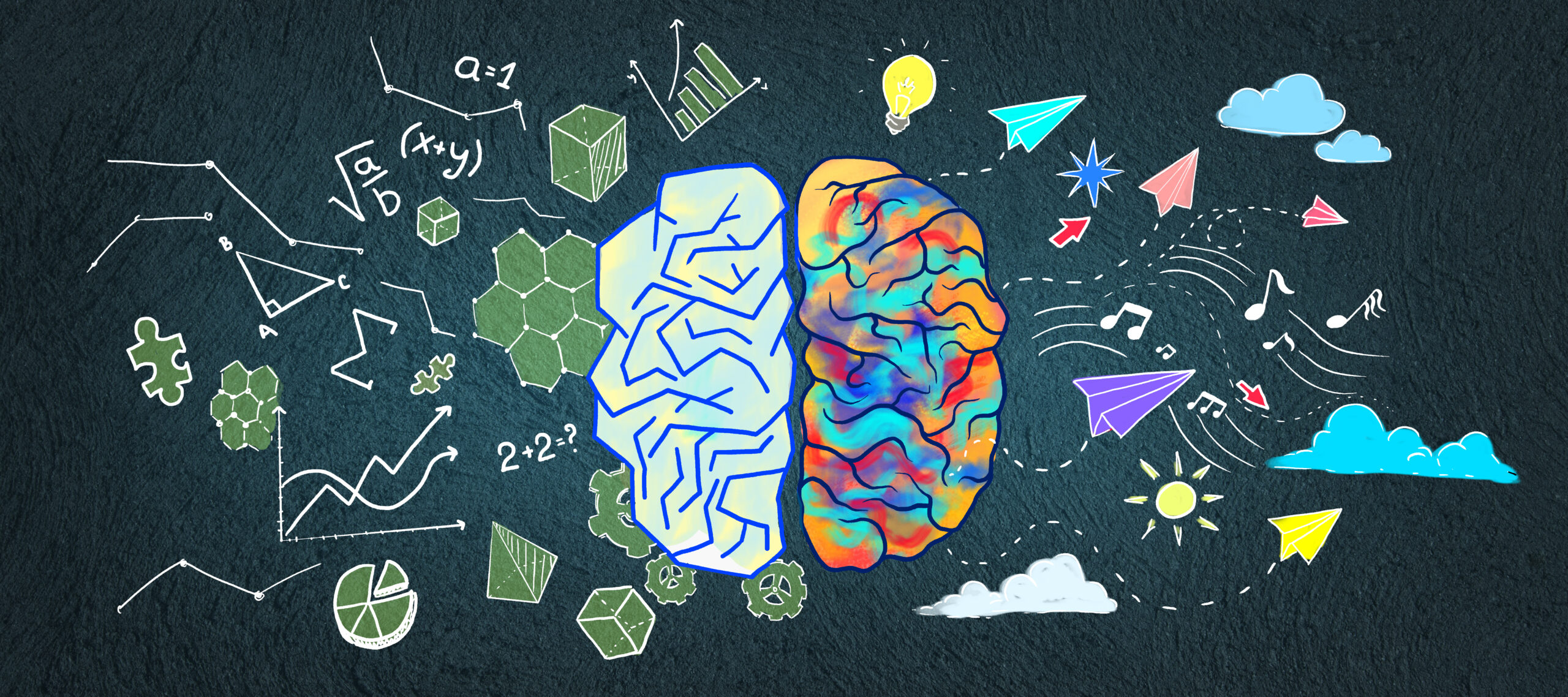Parents these days have a dizzying number of educational options for their kids, from old-school coding classes to newer right-brain training like Heguru and Shichida. These two camps really couldn’t be more different in their core beliefs about how children learn and what skills are most important in those early years.
Coding education drills logical, step-by-step thinking and problem-solving, while Heguru and Shichida aim for rapid right-brain growth with memory games, visualization, and intuitive learning. Both camps promise to boost brainpower, but they work on totally different parts of the mind and use their own unique teaching styles.
So, figuring out what sets them apart is pretty important if you want to make a smart choice for your child’s future. Each has its own strengths, timelines, and results that probably fit certain families and learning personalities better than others.
What Is Right Brain Training?
Right-brain training uses structured activities to strengthen the right side of a child’s brain. It’s all about building up things like creativity, photographic memory, and visual processing while still keeping the whole brain in mind.
Understanding Right-Brain and Left-Brain Functions

The brain’s got two halves, and they don’t exactly do the same job. The right side handles creativity, intuition, visuals, and photographic memory. The left side? That’s for logic, language, and crunching numbers.
Right-brain functions include:
- Visual and spatial processing
- Creative thinking and imagination
- Intuitive understanding
- Photographic memory capabilities
- Pattern recognition
Left-brain functions include:
- Language and verbal skills
- Logical reasoning
- Mathematical calculations
- Sequential processing
- Analytical thinking
Right-brain training tries to fire up those creative, intuitive skills before they start fading as kids get older. The idea is, kids can process info faster and remember more if you catch them early enough.
Most typical early education leans hard on the left brain – think math, reading, and all that. Right-brain training tries to fill in the gaps, building up the creative and visual side that regular classes often skip.
Origins and Evolution of Right-Brain Education

Right-brain education has roots in decades of research on how young brains develop. Professor Makoto Shichida kicked things off with his method in 1958, after spending over 60 years studying how kids learn and grow.
Then came the Heguru Method in the 1980s, created by Hirotada and Ruiko Henmi. They built on earlier right-brain ideas but pushed for even faster, more efficient learning.
Both camps realized that kids’ right-brain talents are at their peak in the early years. Research kept showing that these abilities are strongest until about age six, when the logical left brain starts to take over.
Key developments in right-brain education:
- 1958: Shichida Method established
- 1980s: Heguru Method developed
- Focus shifted to whole-brain training approaches
- Integration of emotional and social development
These methods grew to cover not just thinking skills but also emotions and social smarts. Today’s right-brain training aims for a well-rounded brain, not just one side or the other.
Age Suitability for Right-Brain Methods
Right-brain training really shines in early childhood, when kids’ brains are most flexible. The sweet spot is from about 6 months up to 6 years old – kids in this window seem to soak it up the fastest.
Optimal age ranges:
- 6 months – 2 years: Basic sensory stimulation and memory development
- 2-4 years: Advanced memory techniques and creative activities
- 4-6 years: Complex visualisation and problem-solving skills
Infants and toddlers have strong right-brain skills, picking up info quickly through visuals before logic takes over.
Research suggests neural pathways are easiest to build during these years. Right-brain training jumps on this, using activities that boost creativity and intuition while the brain’s still super-malleable.
Older kids can still get something out of right-brain work, but it usually takes more time and effort. The earlier you start, the more naturally these skills seem to grow.
Programmes tweak their activities to fit different ages, making sure tasks match kids’ attention spans and mental readiness.
Overview of Heguru and Shichida Methods
Heguru and Shichida both started in Japan, each with its own spin on right-brain development. The founders believed in tapping into kids’ mental potential early on. Now, you’ll find these methods all over Asia and beyond, but they’ve kept their core ideas intact.
Key Philosophies and Foundations
The Shichida Method, developed by Professor Makoto Shichida in 1958, aims for whole-brain development by training both sides. It mixes brain-boosting with emotional intelligence, recognizing that kids learn better when their feelings and social needs get attention too.
Shichida’s big idea is that every child has hidden talents that just need the right nudge. The method blends right-brain stuff like flashcards and visualization with left-brain exercisesL think puzzles, phonics, that sort of thing.
Parental involvement is huge in Shichida. Parents don’t just drop their kids off; they join in, reinforcing lessons at home and creating a supportive vibe that goes way beyond the classroom.
The Heguru Method, started by Hirotada and Ruiko Henmi in the 1980s, goes all-in on right-brain acceleration. They believe kids’ right-brain powers fade with age, so you’ve got to act fast.
Heguru is all about speed and efficiency. The method uses fast-paced exercises to build photographic memory, intuition, and quick recall before those abilities start slipping away.
Milestones in Method Development
The Shichida Method built up global recognition over decades of research and real-world results. Since 1958, it’s kept evolving, folding in new brain science while sticking with its core focus on balanced development.
Shichida centres began popping up outside Japan in the 1990s, adapting their main ideas to local cultures. This flexibility made it easier to fit into different school systems without losing the essentials.
Heguru grew quickly after launching in the 1980s. Its clear structure and measurable results drew parents looking for a boost in their kids’ cognitive growth.
The founders kept tweaking Heguru’s techniques, watching what worked in classrooms and refining the system. This hands-on approach led to standard protocols that could be rolled out across Heguru centres everywhere.
International Reach and Practice
Shichida programmes have made their way onto several continents, with big hubs in Malaysia, Indonesia, and India. The method’s ability to flex for different languages and cultures has helped it spread.
Each Shichida centre sticks to the main method, but they swap in local materials and examples. That way, kids get proven techniques but with familiar references.
Heguru centres have also set up shop across Asia-Pacific. The method’s structure translates well, so it stays consistent wherever it goes.
Malaysia and Indonesia host lots of Heguru centres, catering to families who want intensive right-brain training. These locations follow set curricula from Japan to keep quality and method on track.
Both methods keep growing internationally through franchises and partnerships. The expansion shows there’s a real appetite for early cognitive development programmes worldwide.
Core Features of Heguru and Shichida Programmes
Both programmes use specialized techniques to boost right-brain skills: think rapid-fire stimulation, memory training, and activities that get creative thinking going.
Right-Brain Stimulation Techniques
Both methods rely on rapid image flashing as a main technique. Flashcards zip by to spark the right side of the brain.
Shichida takes a balanced route, mixing flashcard sessions with breathing exercises to connect both brain halves during activities.
Heguru leans into high-speed learning with intense flashcard drills. Kids see quick bursts of images, numbers, and symbols to ramp up processing speed.
Speed reading is a big part of both. Students practise techniques that skip the usual left-brain steps.
Memory linking exercises help kids tie new info to what they already know, making connections between ideas and pictures.
Visual memory gets a workout with pattern recognition games. Kids practise recalling tricky sequences and detailed images through repetition.
Memory and Photographic Memory Development
Photographic memory is the main goal for both approaches. Students practise holding onto detailed visuals after only a quick look.
Memory games blend storytelling with visuals. Kids try to remember sequences of images, numbers, and words in a fun, structured way.
Memory training ramps up in difficulty. Kids start with basic patterns and work up to recalling more complex layers of info.
Shichida weaves emotional bonding into memory work. Parents join sessions to help learning stick through positive connections.
Heguru keeps things intense with classroom-based memory drills, maintaining a steady pace and energy throughout sessions.
Both programmes use mnemonics made for young kids, teaching them to link abstract ideas to concrete images.
Activities for Creativity and Imagination
Creativity gets a boost through visualization and imaginative play. Kids do activities that encourage artistic expression and out-of-the-box thinking.
Storytelling sessions get kids to stretch their imagination. They create stories from visual prompts, using memory tricks to keep it interesting.
Intuition training helps children tackle problems instinctively. Both programmes include exercises that don’t rely on step-by-step logic.
Music plays a role too – songs and rhythms help with memory and let kids express themselves artistically.
Drawing and other art activities reinforce what they’re learning, letting kids show their progress in creative ways.
Physical movement ties creativity to motor skills. Dance, coordination games, and expressive movement round out the brain training.
Comparing Coding Education with Heguru and Shichida

Coding classes and right-brain methods like Heguru and Shichida both aim to build up kids’ minds, but they target different skills. Each one relies on structured practice to sharpen abilities and mental flexibility.
Logic and Problem-Solving Skills
Coding teaches logical thinking with step-by-step programming and debugging. Kids break down big problems into bite-sized chunks and develop systems for finding answers.
Heguru and Shichida build problem-solving through mental arithmetic and math games that demand fast decision-making. These methods train kids to process info quickly and spot patterns on the fly.
Both options help with analytical reasoning. Coding uses programming logic to show cause and effect, while right-brain methods use structured activities to boost mental speed.
But the “how” is different. Coding is about digital problem-solving, while Heguru and Shichida focus on mental math and memory-based challenges. Coding helps children learn logical reasoning and structured problem-solving, preparing them for the digital future.
You can read more about why coding for kids matters in building future-ready skills.
Integration of Analytical and Creative Thinking
Modern coding blends logic and creativity with project-based learning and visual programming. Kids make games, animations, and stories that need both technical know-how and imagination.
Shichida specifically aims for whole-brain growth, balancing logic exercises with creative tasks. Students do phonics alongside visualization and imaginative play.
Heguru sticks mostly to right-brain stimulation but adds in some analytical work through structured problem-solving. Fast-learning techniques help with both memory and processing power.
Both sides seem to agree: real learning takes a mix of cognitive skills working together, not just one in isolation.
How Methods Complement Each Other
Right brain training methods can really boost coding education, especially when it comes to memory retention and processing speed. Kids who get into visualisation with Heguru or Shichida often end up with stronger spatial reasoning, which actually shows up when they’re tackling programming tasks.
Right-brain training works best in early years — the same window when kids can also start exploring coding through playful, age-appropriate tools. Learn more about how children can start learning programming at an early age.
Accelerated learning techniques from right brain methods help students pick up coding concepts faster. All those rapid-fire flashcard activities? They build up quick information processing skills that make programming syntax and logic a bit less intimidating.
Coding education gives kids a practical way to use the analytical skills they’ve started building in right brain programmes. When they dive into programming projects, they’re applying mathematical reasoning and pattern recognition in a hands-on way.
Plenty of parents swear by mixing these approaches, saying it leads to a more well-rounded cognitive development programme. It’s a way to reach different learning styles and strengthen a bunch of intellectual abilities at the same time.
Frequently Asked Questions
Parents have a lot of questions about how right brain training stacks up against the analytical focus of coding. They’re usually thinking about what’s best at different ages, how it might affect future careers, or whether these approaches even work together in the first place.
-
What are the benefits of right brain training for children’s learning development?
Methods like Shichida and Heguru focus on building photographic memory with fast-paced flashcard drills. Kids practice visualisation and memory linking, which really helps them recall information quickly (sometimes surprisingly so).
The training tends to boost creativity and intuitive thinking. When students get into imaginative play and storytelling, they’re also building emotional intelligence and social confidence without even realising it.
Some research points to better concentration and focus as a result of right brain training. Kids often seem more motivated and confident after they’ve mastered these memory and visualisation tricks, even if it takes a bit of trial and error at first.
-
How does learning to code enhance problem-solving skills in youngsters?
Coding teaches kids to break down big problems into smaller, manageable steps. They pick up logical thinking by working through programming tasks that demand careful sequencing and attention to detail.
Programming languages bring in systematic thinking that often carries over into other areas. As students debug their code and hunt for errors, they’re really sharpening their analytical problem-solving skills, not just in computer science but in all sorts of subjects.
Coding projects push for creative solutions, even when there are technical limits. Kids try out different approaches, see what works, and tweak their methods through a bit of trial and error.
-
Can right brain training methods like Heguru or Shichida complement traditional education?
Right brain training can make it easier to remember academic stuff like maths and languages. Visualisation techniques help kids recall facts, formulas, and vocabulary, and it definitely beats pure rote memorisation.
Shichida and Heguru also put a spotlight on emotional development, not just cognitive skills. This kind of balance supports kids’ social skills and confidence when they’re in a more traditional classroom.
Fast-paced activities in right brain training seem to improve how quickly kids process information. After practising rapid learning techniques, many show better focus and attention in their regular schoolwork.
-
In what ways could programming education shape a child’s future career prospects?
Coding skills are in demand in all sorts of industries, not just tech. Kids who start programming early end up with computational thinking abilities that fit into fields like engineering, finance, or even scientific research.
Programming education introduces kids to new tech like artificial intelligence and robotics. Getting exposed to these early on gives them a head start if they ever want to dive into those growing sectors later.
Coding also builds up project management and teamwork skills, especially during group programming activities. Kids learn to work methodically, meet deadlines, and explain technical ideas to others, which is pretty useful no matter what career they choose.
-
Are there age-specific advantages to starting right brain training or coding education?
Right brain training tends to work best with younger children because their right brain capabilities are more active before age six. Shichida and Heguru target kids from six months to twelve years old, taking advantage of peak neural plasticity.
Coding education can start with visual programming languages for kids as young as five. Introducing these ideas early helps kids build logical thinking skills before they hit tougher maths concepts later on.
Each age group needs a different approach. Younger kids usually do better with play-based activities, while older children are ready for more structured programming challenges and tougher memory exercises.
-
How do the approaches in right brain training differ from conventional coding courses for kids?
Right brain training leans into speed and intuition, using rapid visual stimulation. Kids dive into high-speed flashcards and quick recall games that wake up their photographic memory – at least, that’s the idea.
In coding classes, kids work through logical steps to build computational thinking. They write out precise instructions and get used to the quirks and rules of programming languages, syntax and all.
Right brain approaches aim for a more well-rounded brain boost, mixing in emotional and social skills too. Coding courses, on the other hand, stick mostly to analytical thinking and technical problem-solving, not really touching on emotional growth.





